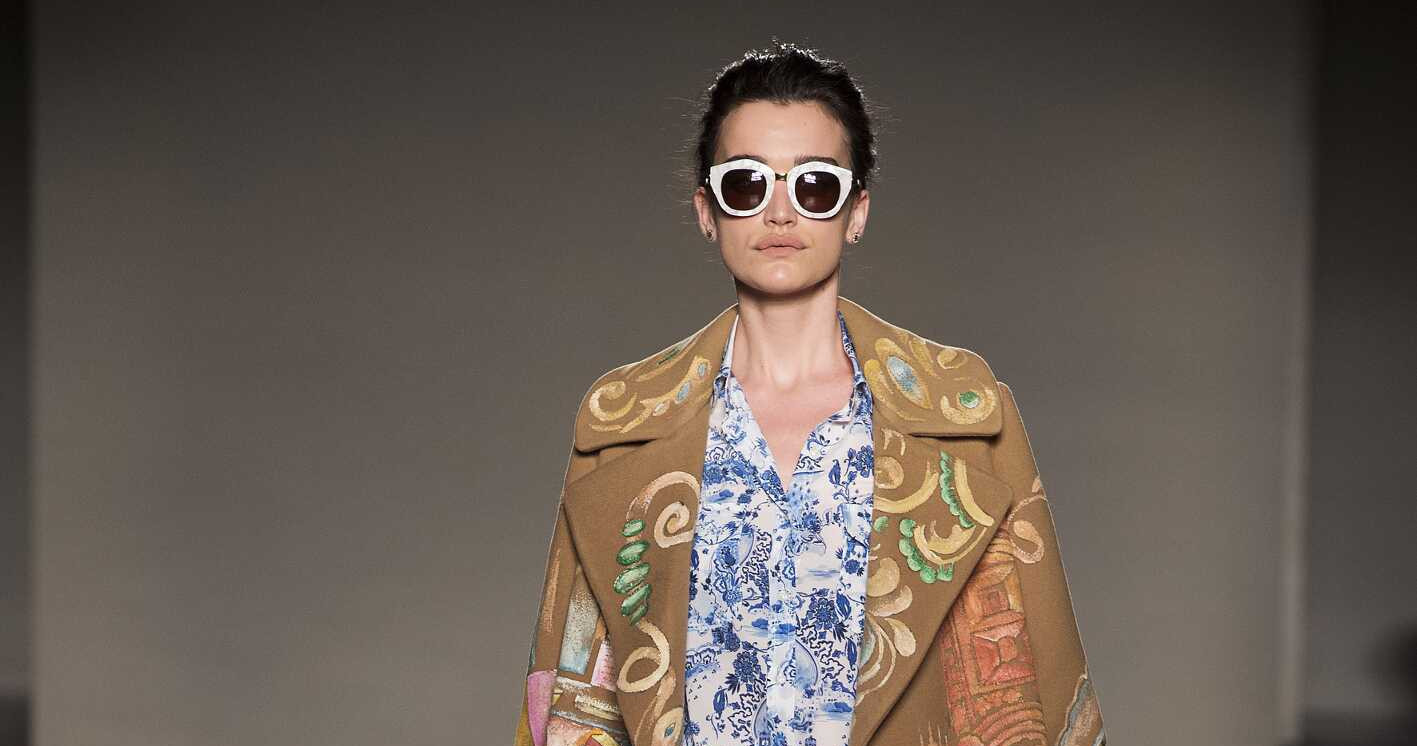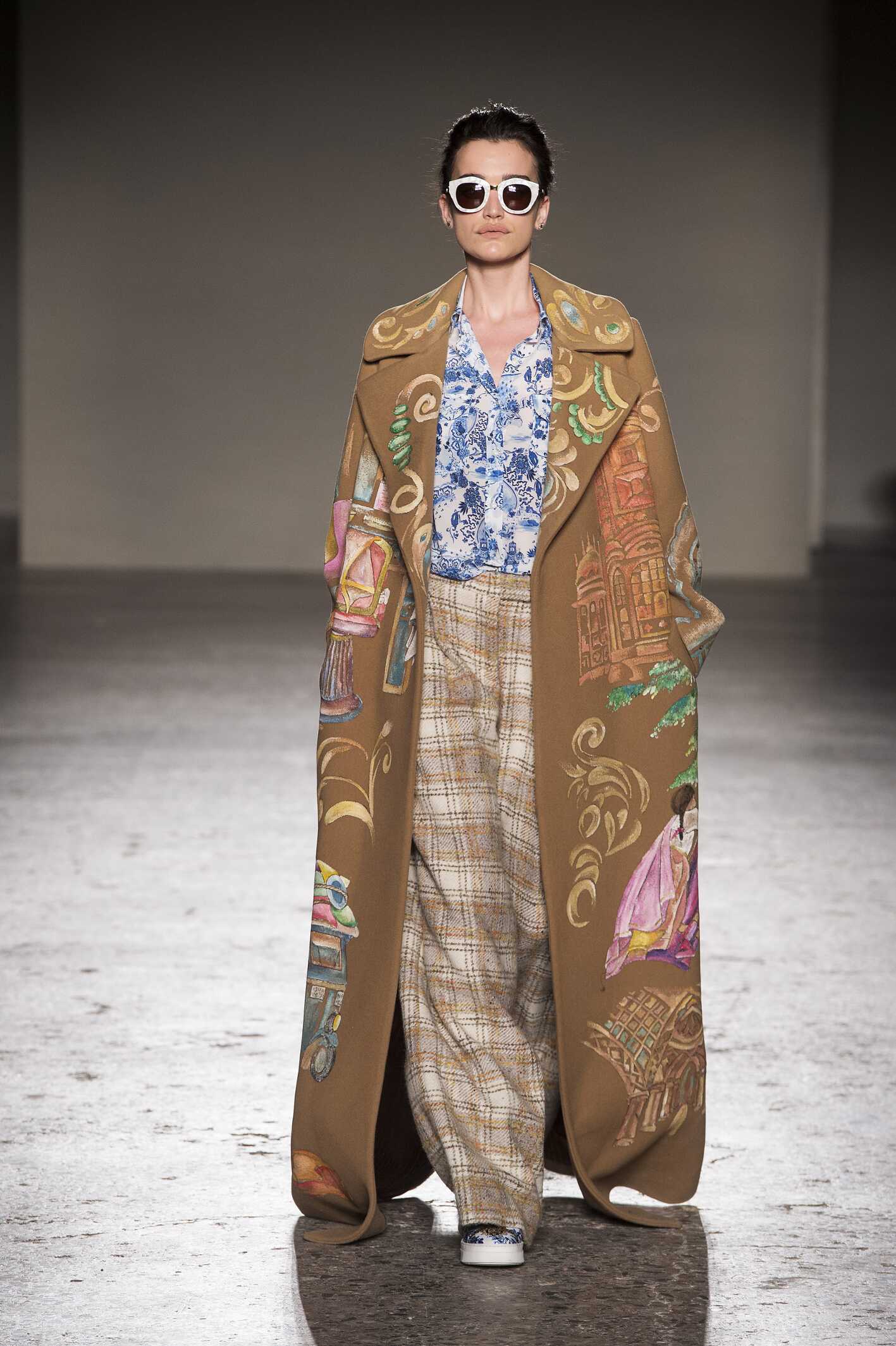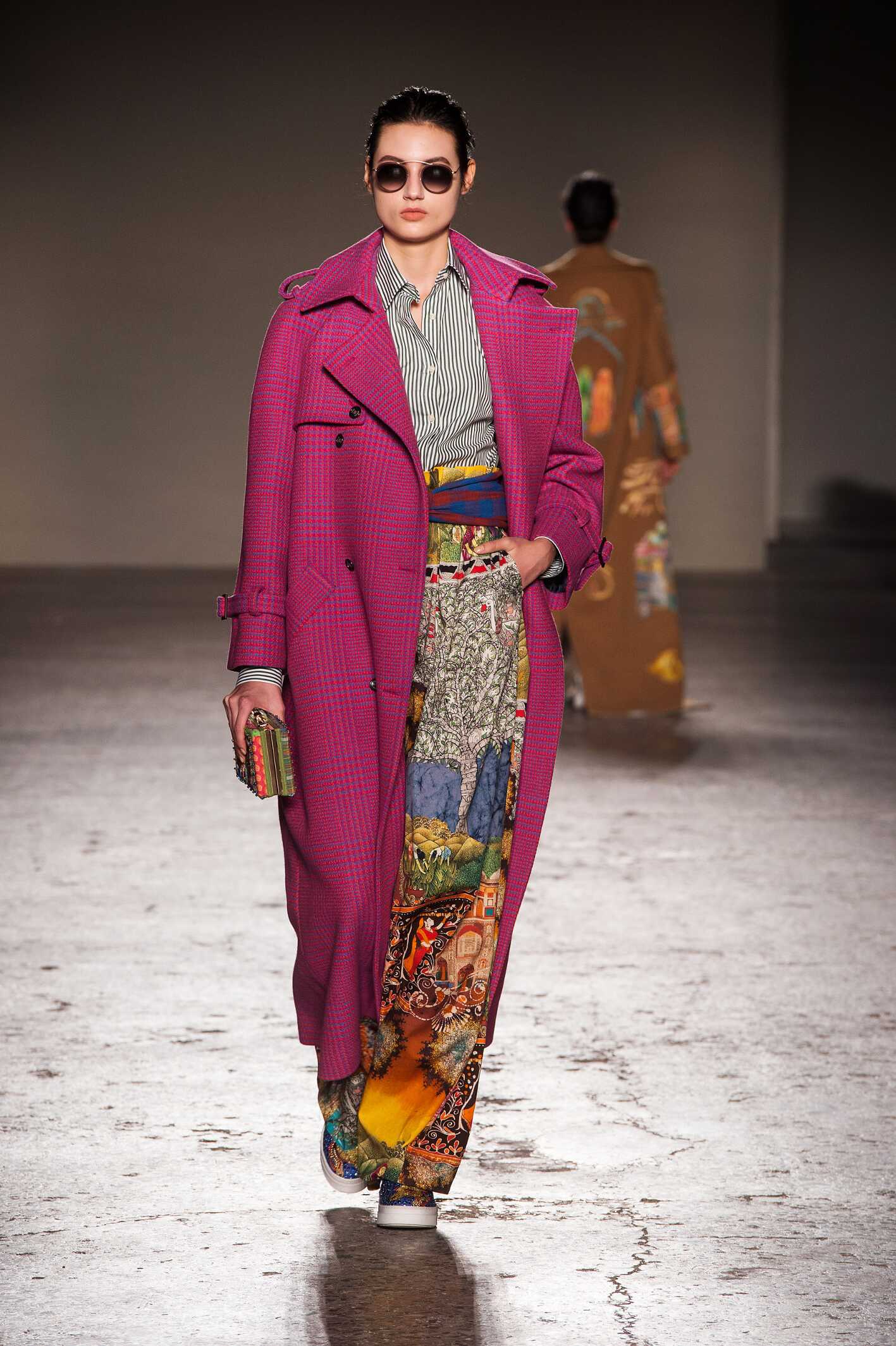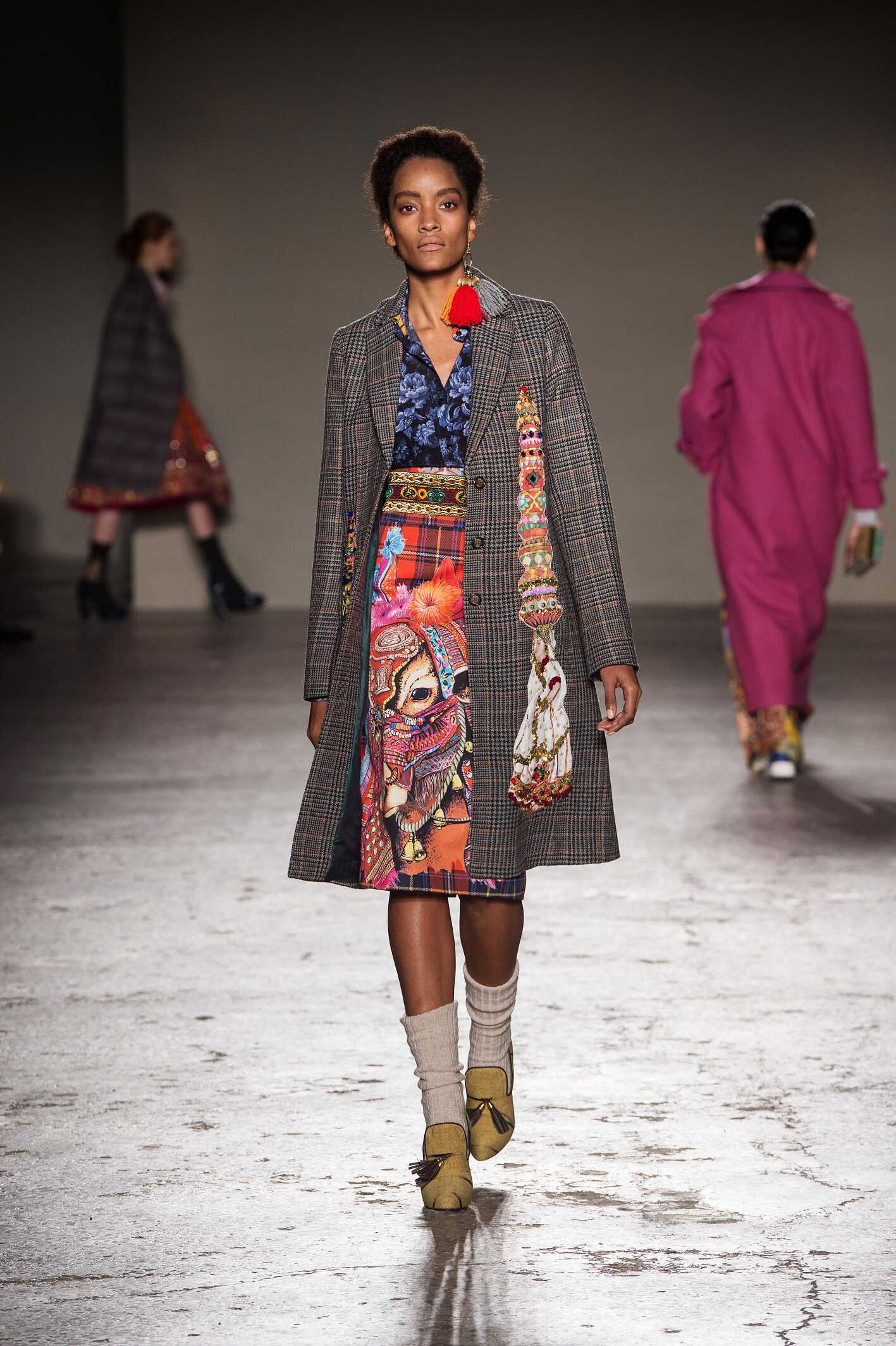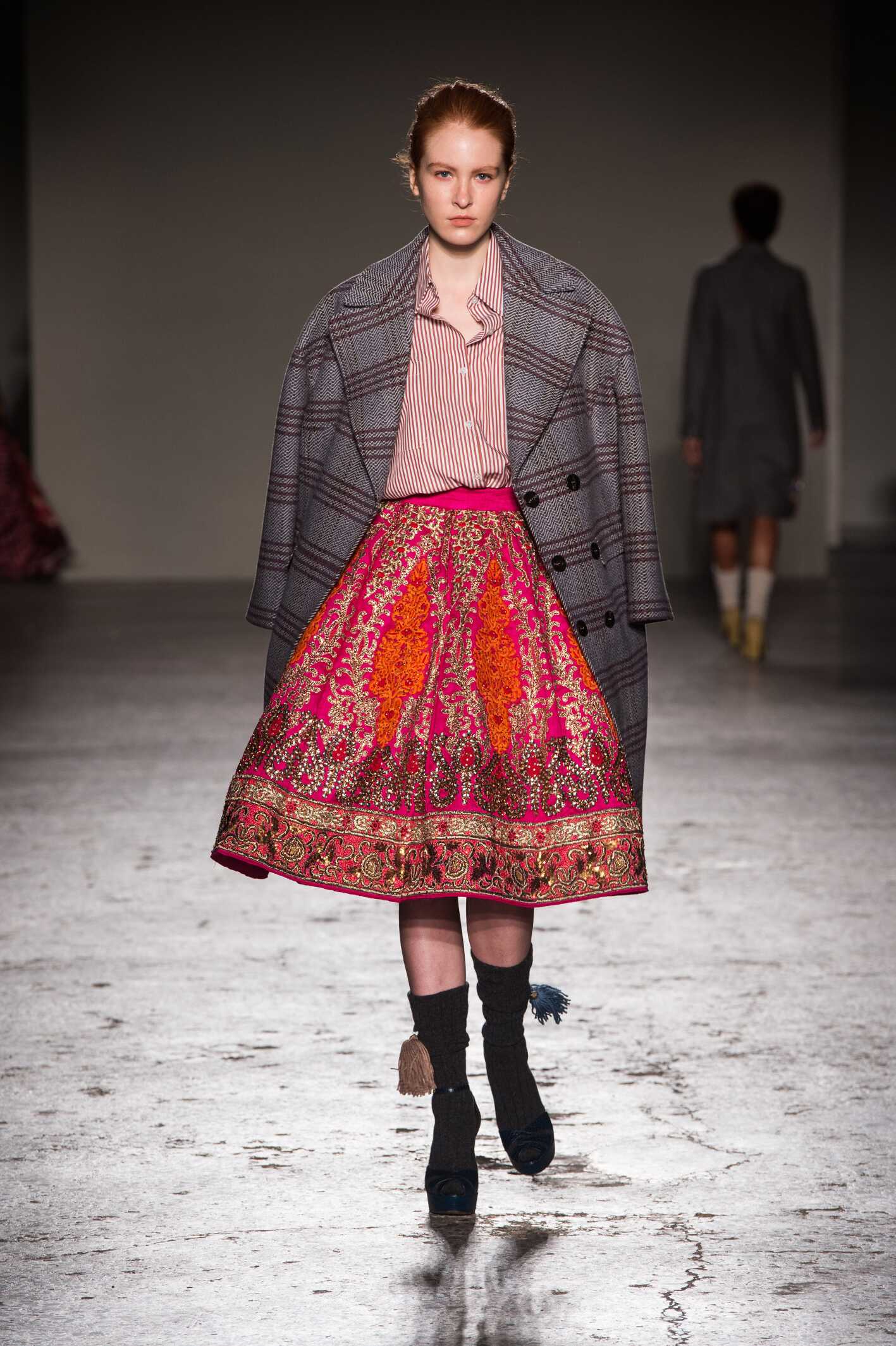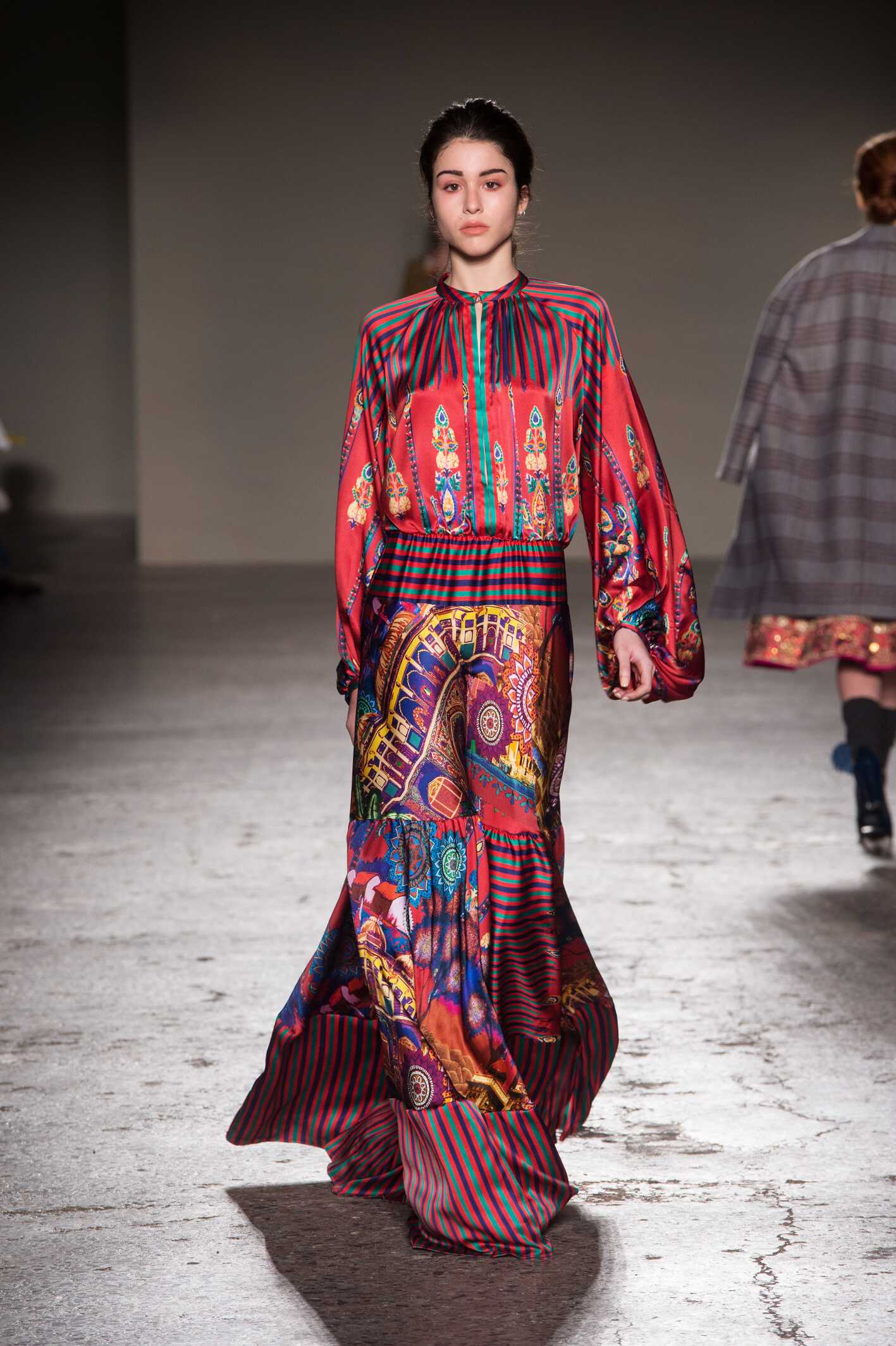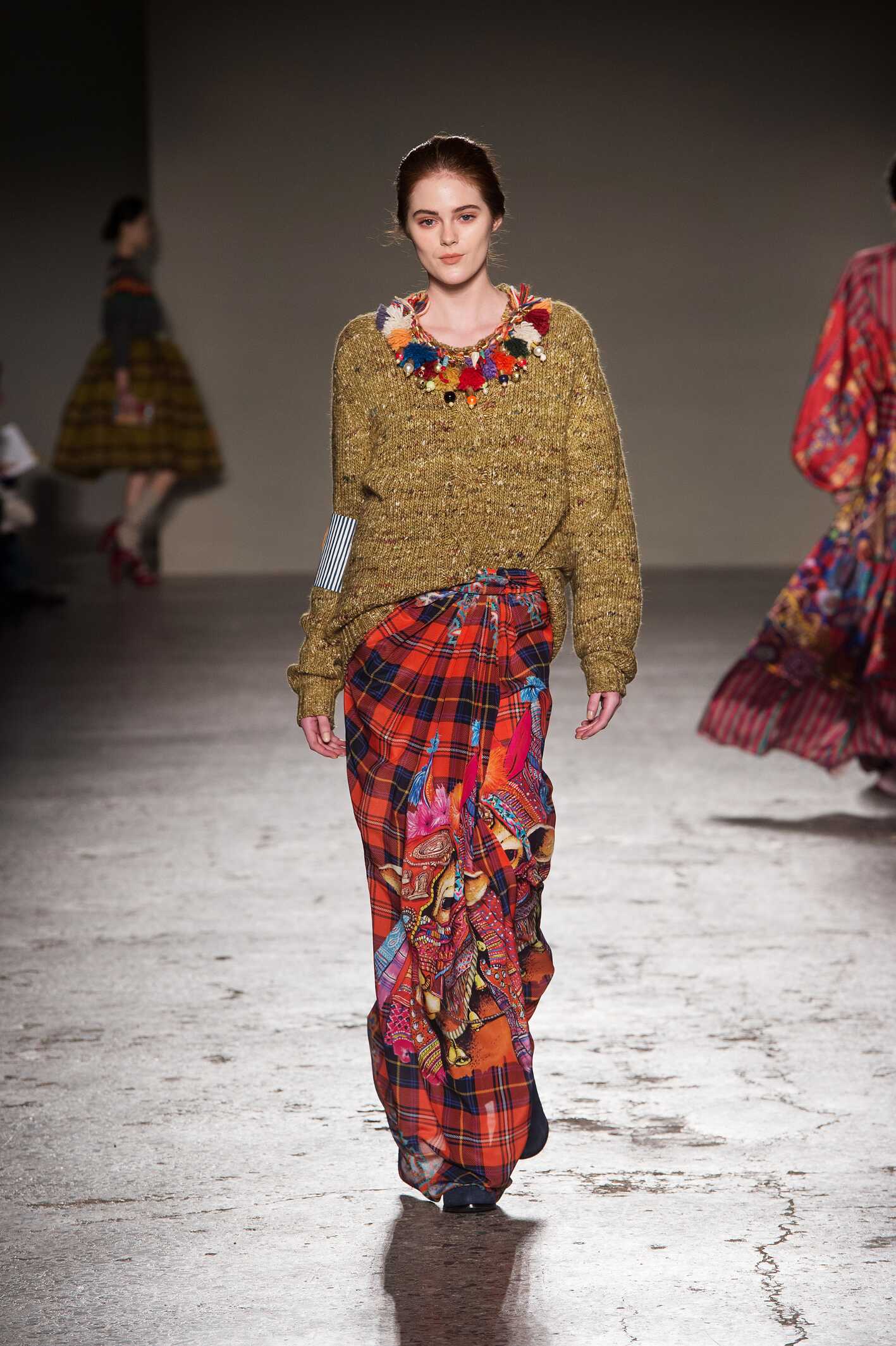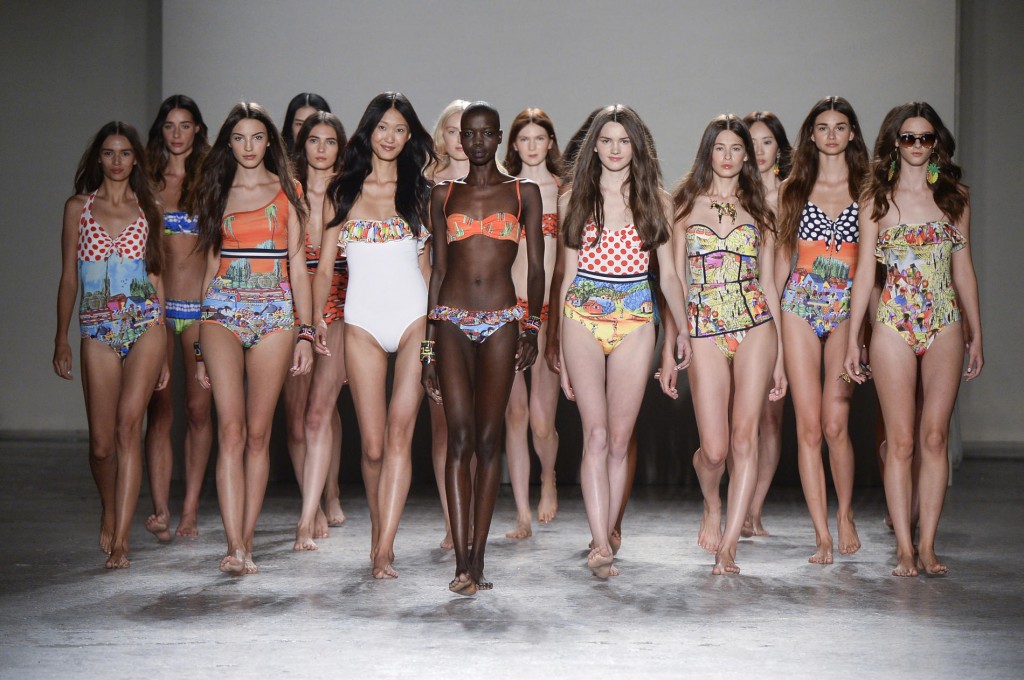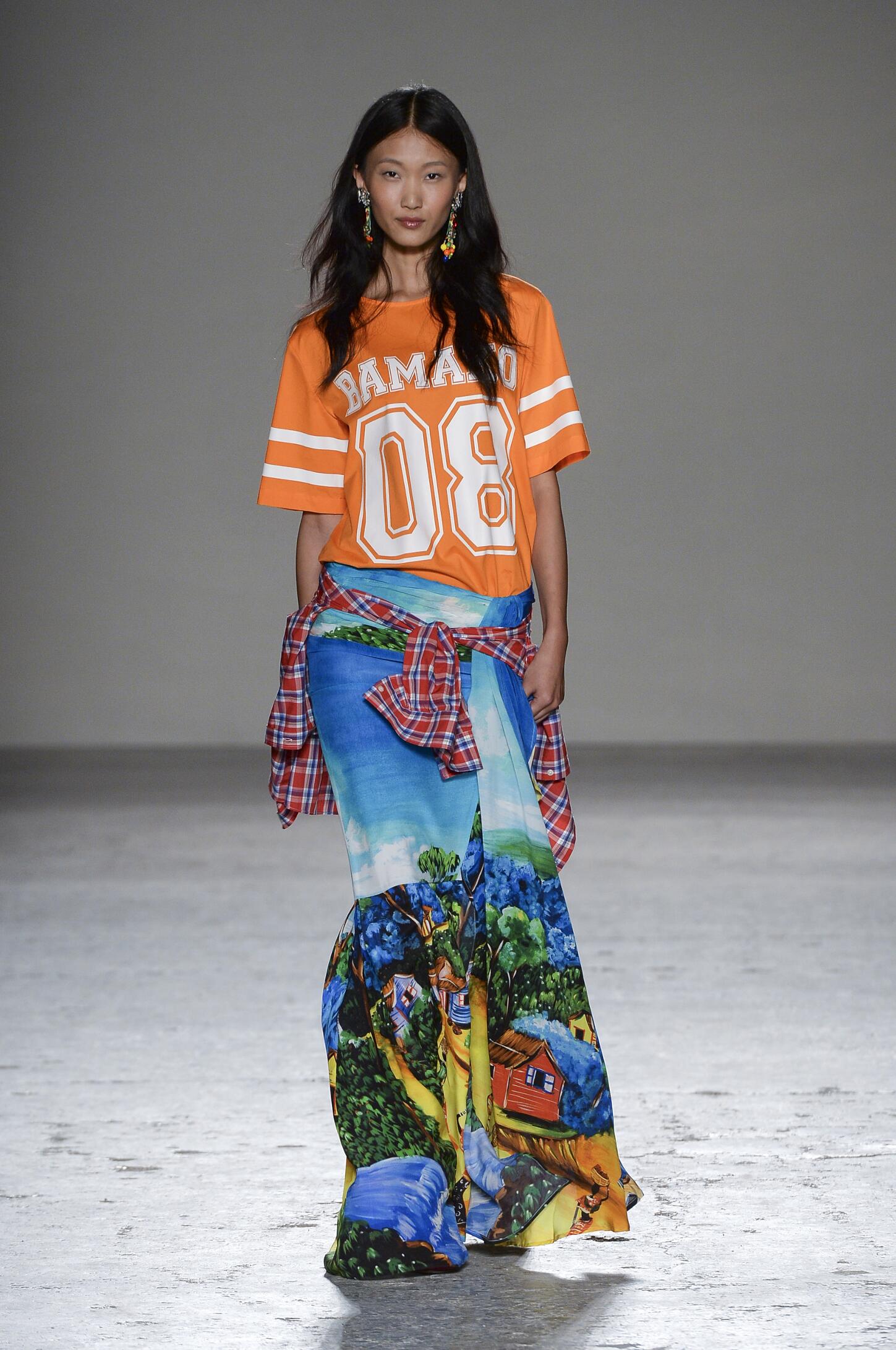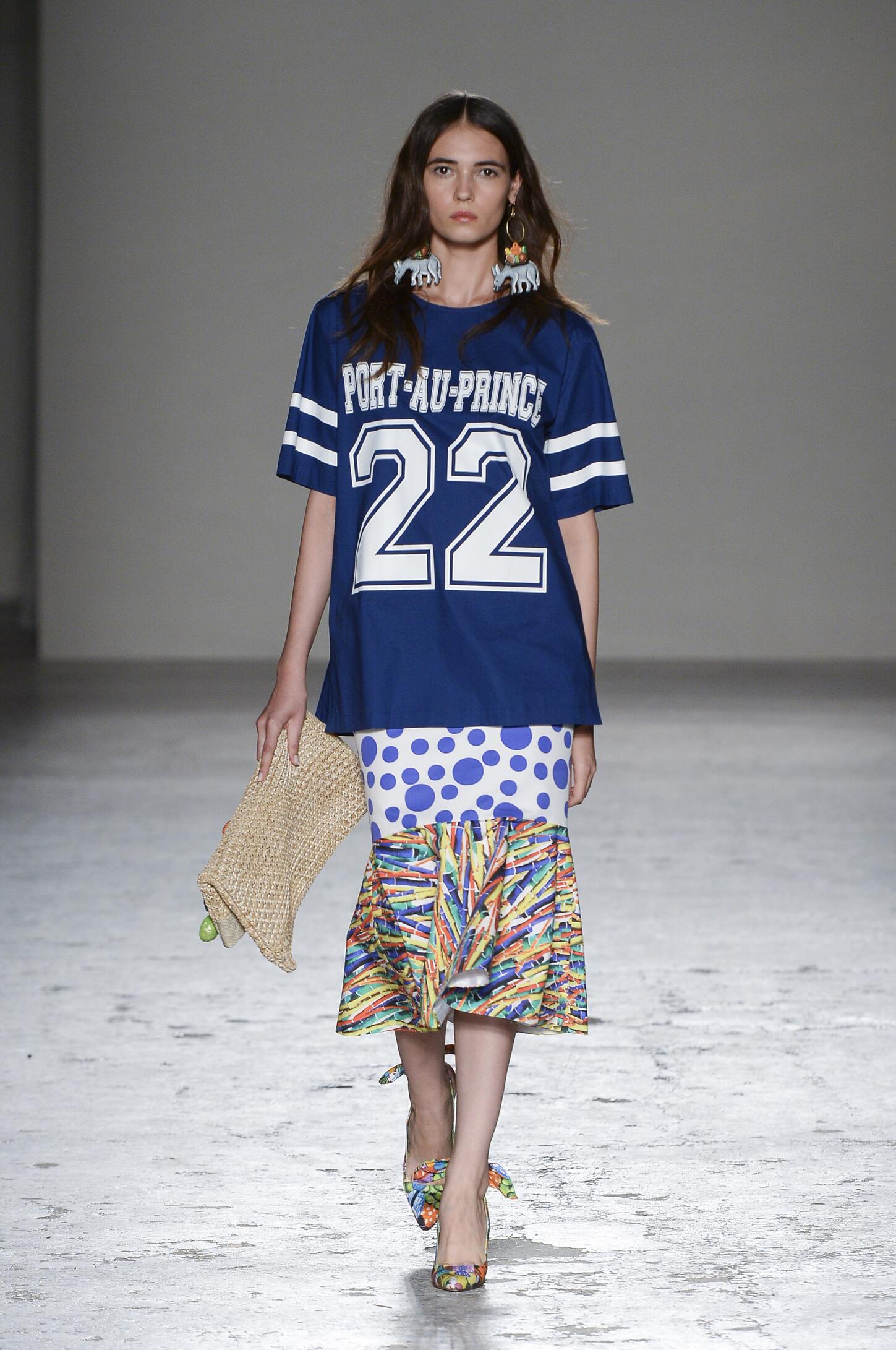STELLA JEAN FALL WINTER 2015-16 WOMEN’S COLLECTION – MILAN FASHION WEEK
FEMME, story of a leader |Metro – Himalayan style
The A/W 15-16 femme chooses the Indian Himalayas, a place where cultural references often give way to impositions and subordination.
Stylistic disobedience. This irreverence is the starting point of looks where the woman seizes, interprets and usurps moments of masculine routine, such as the off-limits territory of a barbershop, and rises in this opulent setting with the dignity of a gentleman’s club.
This ignites an invasive encounter between genders, with extremely feminine shapes espousing and overlapping with potent masculine forms, disregarding any act of courtesy that would adjust overlooking the courtesy of adapting to create a gentle silhouette.
The encounter is direct, even violent – any attempt to achieve compromise and find middle ground is annihilated as the extreme SHE opposes the extreme HE. This isn’t an identity game, but the awareness of the changeable nature of things.
The Himalayan yak, polyvalent cornerstone and vital resource for the whole community, transforms into a pop symbol, with its gaudy and lively decorum adorning the collection, from overcoats to socks to ribbed wool.
Inspired from the high altitude landscapes is the heterogeneous layering of fabrics and shapes: a functional process rooted in nomadic culture, which initially deceives with its sense of randomness and is immediately unmasked by its high aesthetic quotient. Stylistic anarchy is evidenced in the sudden accumulation of volume and knotted belts.
Originally worn over festive dresses, belts are now seen as passe partout, in various fabrics and colors, to wear on sweaters or overcoats. Wool garments are worn across shoulders.
Hand-painted metal bracelets move from the woman’s wrist to instead be worn on the arm and over the coat sleeve. The final touch is brought to Stella Jean’s woman, as she is crowned Maharaja with a wool turban, embellished with excellent embroidery, and adorned with jewelry depicting the elements of Moghul tradition.
Garments and elements characterized by an individual genesis acquire meaning only through their combination. Styling is the key narrative element of the story. Styling organises the narrative thread: with each item being a word that is carefully placed in a sentence to tell the collection’s story.
In an effort to highlight the beauty, skill and craftmanship of cultural and artisanal productions by populations from around the globe, the collaboration with the Ethical Fashion Initiative of the International Trade Centre (agency of the UN and the WTO) moves forward.
Indeed, it has enabled the introduction of handloom fabrics made by women artisans in Burkina Faso and Mali and jewelry realised by Haitians artisans.
An exemplary aesthetic, ethical and social encounter in which India, England, Italy, Burkina Faso and Haiti dialogue at a fast pace.


